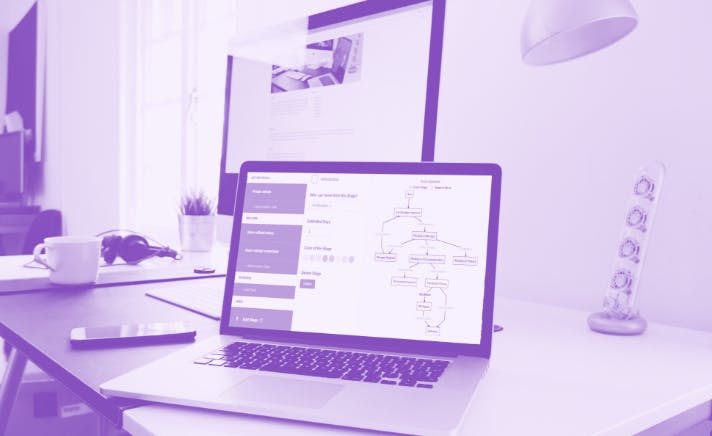Earlier employee onboarding was a process of just a few days. But new researches show that spending as much more time as 3-6 months and in some cases even 1 year on onboarding helps the new employees to get up to speed in the workplace. The longer onboarding process is necessary to capitalize on the skills, knowledge, and excitement they bring to the organization.
Effective onboarding is not only about the introduction to colleagues or knowing about the company's vision, but comprises of multiple pieces of training in proper intervals, engaging them with customer conversations, knowledge sharing sessions, innovative challenge sessions, knowing their view, suggestions and problems and lot more.
Companies with successful onboarding programs are not just more likely to retain their new hires but even report measurable profit growth over the period of time.
Relational Onboarding Process
The onboarding process is more than a simple transactional relationship of filling out paperwork, providing the employee handbook, and office tour. Relational onboarding means nurturing and welcoming new employees so they can perform their best and giving new employees mental support, clearly defined responsibilities, and set expectations for their new position.
Ensure Support From Managers
In a field study on newcomer's adjustments in the software organization in India revealed, new employees sought out more information when they felt connected to others in the organization. The goal of the employee onboarding process is about how much and how often the newcomers are getting a chance to know about the teammates, opportunities, transparency and get help.
Assisting new members in creating solid relationships with their coworkers and managers can help new employees more quickly adapt to your organization’s culture and speed up their learning process.
Keep Both Way Proactive Communication
New employees who are proactive about their own onboarding is likely to receive more attention and support from the managers. Whereas managers are more likely to provide new members with helpful information when they actively sought out information about their role and work at making connections with new colleagues. The potential downside to this behavior is that managers may fail to support new employees whom they perceive as being less committed, which may or may not be an accurate assessment.
To curb this, it is important to encourage managers to check in with new employees and make time to offer support. At the same time, new employees should be encouraged to do their part to engage in and take control of their own socialization and onboarding by asking questions, seeking out information, and taking advantage of opportunities to meet fellow coworkers.
Leverage Technology for Easy Onboarding
Using video is another great method for onboarding employees. Videos can help streamline the onboarding process and provide a more engaging human experience than flipping through employee handbooks. Engaging through video also promotes social and formal learning and is a very cost-effective way for companies to onboard new employees.
Keeping this in mind, in GoodFlow we gave option to embed videos in the workflow, along with options to attach files, add links and rich content. It helps new hires to go stage by stage and learn on the fly, keeping them interested and helping important information to stick.
Process automation platforms like GoodFlow makes sure no valuable time is wasted on system training. The way you will structure your onboarding workflow, the new employee, respective manager, and project mates, will be able to participate in the onboarding flow in no time and it will help to increase productivity and reduce downtime.
Tailor Your Onboarding to Your Industry
Even if there is lots of checklist and workflow templates are available for different industries, still you should tailor it to your industry and organization to reap most benefits. The rapidly changing nature of the tech industry makes it harder to minimize new-hire downtime and faster onboarding may give tech companies a competitive advantage, but keeping the onboarding phase open for longer time even after project and work allocation gives long term benefits.
To give your employees a supportive onboarding experience, save money from turnover costs, and to build a happy and productive employee environment there is no better way than custom tailor-made workflow for you. If you need any help with employee onboarding workflow, schedule a call with us.



